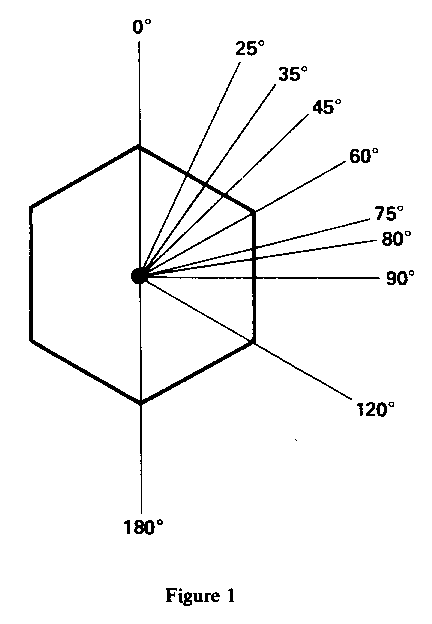QUAD 4 THE NEW HIGH TECH ENGINE-FINAL PRECAUTIONS

MODELS AFFECTED: 1988 SKYLARK
"Torque Turn" or "Torque Angle", as it may be called, is not new with the Quad 4. It is being used on other engines that you service. The 1.8L engine used in the Skyhawk asks that you torque the head bolt to 25 N.m and then turn the bolt 112 turn in three equal steps. The 2.5L engine also employs this technique for head bolts. The Quad 4 is making use of it on the fasteners that are critical for clamp load. There are some important areas that need to be highlighted so you don't make mistakes when servicing this engine.
Torque angle will take a little longer to achieve than simple torque. Obviously, not using a torque wrench would not take as long as either. Failure to use torque angle on the head bolts would result in oil consumption with too much clamp load, or leaking head gaskets with not enough clamp load. Clamp load is also important to assure durability of components such as cam housing, rod and main bearings, and flywheel. Bolt fastening integrity of the pulley damper to crankshaft is important to assure crankshaft durability.
To cut corners, it might be tempting to tighten a bolt with torque angle and check it with a torque wrench to develop your own specifications for a torque setting. If you do this, you are trading a 1 112 ton clamp load variation for an 8 ton variation (5 times as bad).
Another point of interest is how you or someone else checks your work. At the plant, we tie the wrench into a computer which monitors the wrench and will tell us what the wrench did. If the wrench doesn't do it right, the computer straightens the wrench out right now. If you want a similar way, simply do it over. Take a soft lead pencil--black, red, or silver--and put a mark adjacent to one of the points on the bolt head. Loosen it up and do it over. If you did it right, you will come back to the same spot.
A note about reaching the threshhold torque. All the torques we will be specifying, except for the balancer, are less than 50 N.m. Get yourself a 50 to 75 N.m wrench of good quality, if you don't already have one. For the balancer, you will need a wrench that will reach 100 N.m. This should not be the same wrench that you use to tighten the other fasteners. When you are torquing, always sneak up on the torque with a slow steady pull; don't jerk it or you will over shoot. Of course, follow any tightening sequence that is specified.
Kent-Moore will be sending 1988 Essential Tool J36660, Torque Angle Meter, to dealers in October.
The six critical fasteners in the Quad 4 engine and their torque/torque angle specifications are:
1. Cylinder Head bolts in sequence - 35 N.m plus 90 degree turn.
2. Two end cylinder head bolts, No. 7 and 9 - 35 N.m plus 80 degree turn.
3. Cam carrier bolts, in sequence - 15 N.ni plus 75 degree turn.
4. Two end cam carrier/fuel pipe bracket bolts - 15 N.m plus 25 degree turn.
5. Crankshaft dampener bolt - 100 N.m plus 90 degree turn.
6. Flywheel to crankshaft bolts - 30 N.m plus 35 degree turn (use Loctite [R] threadlocker on the threads).
7. Main bearing cap bolts - 20 N.m plus 90 degree turn.
8. Rod cap nuts - 20 N.m plus 75 degree turn.
Refer to your 1988 New Product Service Manual for bolt tightening sequence.
Figure 1 shows degrees of torque angle around a Hex Head Bolt. Use the torque angle meter and assure that threshhold torque and torque angle turn is done properly! Follow the bolt torque sequence!

General Motors bulletins are intended for use by professional technicians, not a "do-it-yourselfer". They are written to inform those technicians of conditions that may occur on some vehicles, or to provide information that could assist in the proper service of a vehicle. Properly trained technicians have the equipment, tools, safety instructions and know-how to do a job properly and safely. If a condition is described, do not assume that the bulletin applies to your vehicle, or that your vehicle will have that condition. See a General Motors dealer servicing your brand of General Motors vehicle for information on whether your vehicle may benefit from the information.
